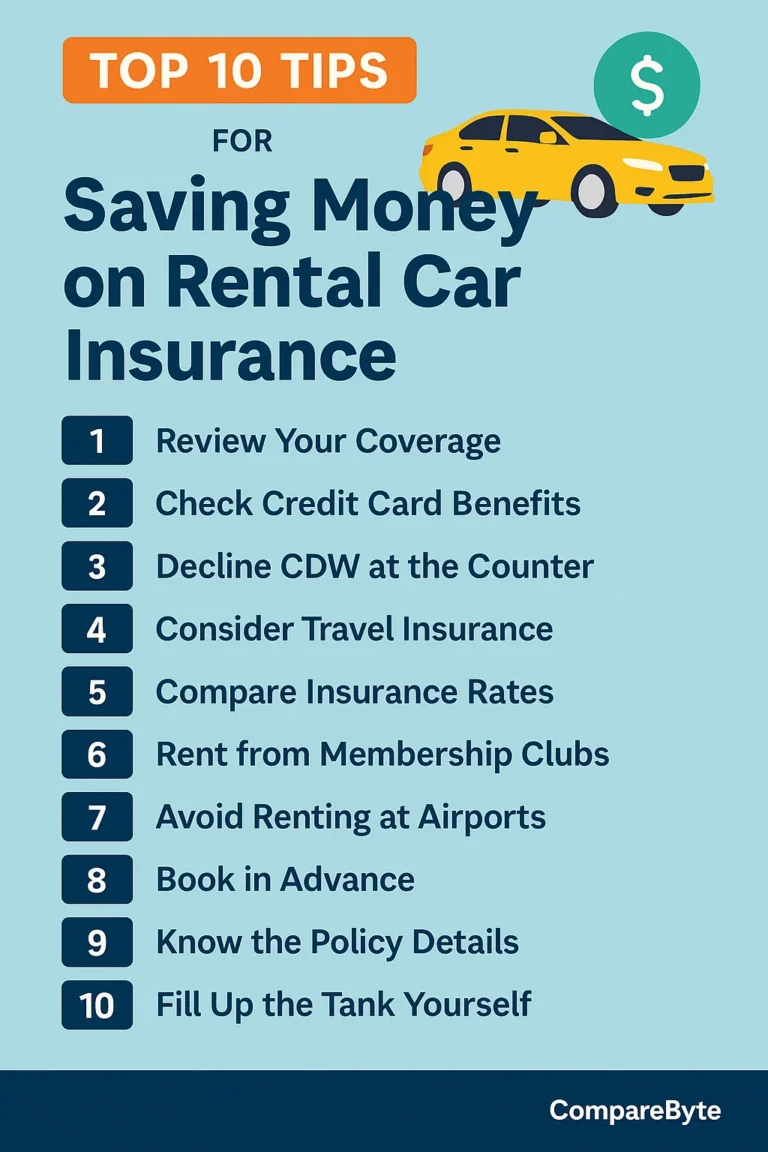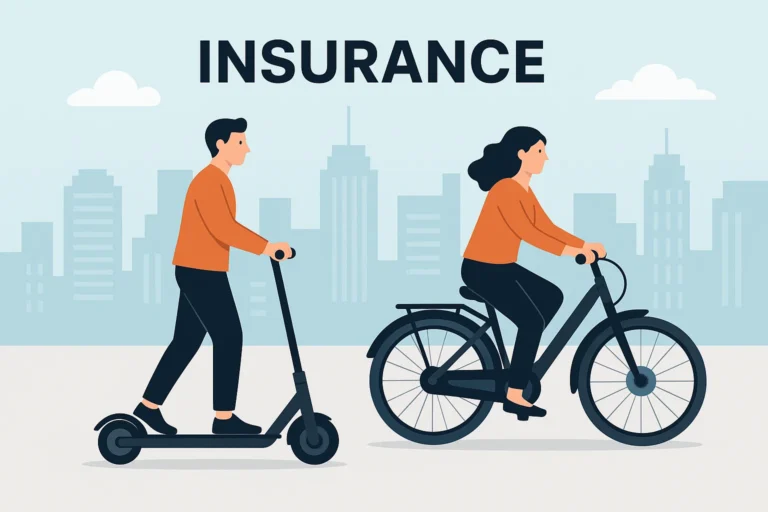Filing an insurance claim for the first time can feel intimidating. Whether you’re involved in a minor fender-bender or something more serious, understanding what to do next is crucial. This guide walks you through the exact steps you need to take to file a claim with ease and confidence.
In this article, we’ll break down the insurance claim process for first-time drivers, covering every essential step, from collecting information at the scene to dealing with adjusters and understanding settlement offers.
Understanding the Basics of Car Insurance Claims
When you’re new to driving, it’s normal not to know how car insurance claims work. A car insurance claim is a formal request you make to your insurer asking for compensation for damages or losses covered by your policy.
There are generally two types of claims: first-party claims and third-party claims. A first-party claim is one you file with your own insurance, while a third-party claim is filed against someone else’s insurance if they were at fault.
The process typically includes gathering evidence, reporting the incident to your insurer, receiving a claim number, and working with an adjuster who assesses the damage and estimates the compensation amount.
Your eligibility and compensation depend heavily on the type of insurance you carry — for instance, liability-only versus full coverage can significantly alter your experience.
Finally, time limits are critical. Many policies require you to file a claim within a specific timeframe, often within 24–72 hours of the incident.
Top 7 Steps to File a Claim as a First-Time Driver
1. Stay Calm and Ensure Safety
First and foremost, ensure everyone involved is safe. If needed, call emergency services immediately. Move your vehicle to a safe location if it’s blocking traffic or creating danger.
2. Document the Scene
Take clear photos of all vehicles involved, visible damages, license plates, street signs, and any other relevant elements. The more evidence you gather, the better.
3. Collect Information
Exchange details with the other driver(s), including their name, phone number, insurance company, and policy number. If there are witnesses, gather their contact information as well.
4. File a Police Report (If Required)
Some jurisdictions or insurers require a police report. Even if it’s not mandatory, it’s a helpful document when proving your claim. Call non-emergency police lines to report minor accidents.
5. Contact Your Insurance Provider
Call or use your insurer’s app to report the incident. Share all relevant documentation, images, and the police report number if applicable.
6. Work with the Claims Adjuster
The adjuster will review the damage and determine what the insurance will cover. Be honest and cooperative during the assessment process.
7. Review and Accept the Settlement
After evaluation, the insurer will offer a settlement. Make sure you fully understand the amount and terms. Ask questions if anything seems unclear.
Common Mistakes and How to Avoid Them
Not Reporting Quickly
Delays can complicate the process or even void your claim. Always report incidents as soon as possible.
Incomplete Documentation
Failing to capture enough photos or write down relevant info can weaken your case. Be thorough.
Admitting Fault
Let the adjusters and police determine responsibility. Avoid admitting guilt at the scene.
Skipping the Police Report
Even if minor, a police report adds credibility and is often needed for a smoother claim process.
Comparison Tables
| Aspect | First-Party | Third-Party |
|---|---|---|
| Filed With | Your Insurance | Other Driver’s Insurance |
| Coverage Required | Collision/Comprehensive | Liability Coverage of At-Fault Driver |
| Aspect | Physical | Digital |
|---|---|---|
| Speed | Slower | Instant |
| Documentation | Manual Paperwork | Photo Uploads via App |
FAQs – Frequently Asked Questions
Q: Can I file a claim without a police report?
A: Yes, but having a police report strengthens your case and speeds up approval.
Q: Will filing a claim increase my premium?
A: Possibly. Especially if you’re at fault, your rates might go up upon renewal.
Q: How long does it take to settle a claim?
A: Typically 2–4 weeks, but this varies based on case complexity and responsiveness.
Conclusion and Action Steps
Filing your first insurance claim may seem complex, but following these steps ensures a smooth process. Always stay calm, gather evidence, report quickly, and maintain clear communication with your insurer.
Now that you know how to navigate the process, you’re better prepared for the unexpected. Stay safe on the roads!
Want more helpful guides? Check out our related articles:
- Complete Guide to Auto Insurance When Driving Parent’s Car
- Beginner’s Guide to Insurance Marketplaces
External Resources:






